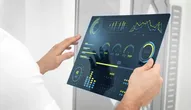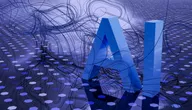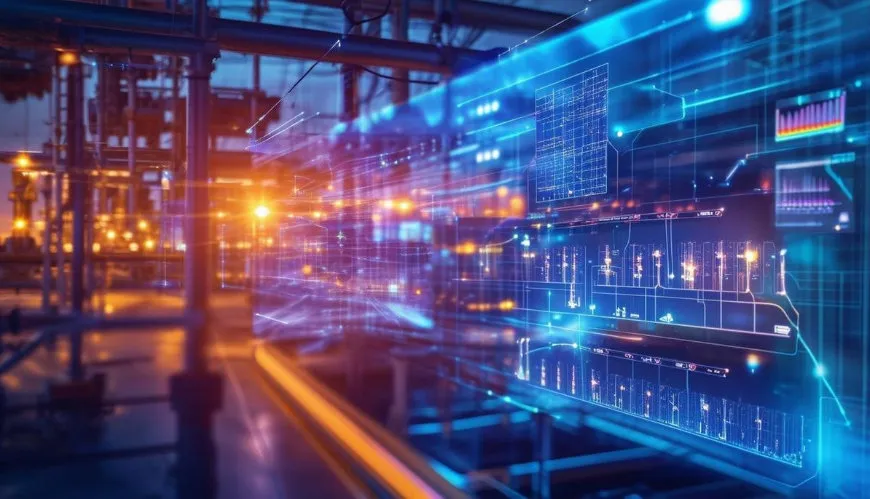
IoT Devices: The Backbone of Modern Technology Automation

Lukas Vida
6 min
The Internet of Things (IoT) has evolved from a futuristic concept to the cornerstone of modern automation, reshaping industries, cities, and daily life. By interconnecting sensors, machines, and everyday objects through the internet, IoT creates intelligent ecosystems where data drives decisions, processes self-optimize, and human intervention is minimized. From smart refrigerators that order groceries to factories where machines predict their own maintenance needs, IoT is the silent force behind the fourth industrial revolution.
This article delves into the expansive role of IoT in automation, exploring its applications across sectors, the tangible benefits it delivers, the challenges it faces, and its transformative future.
By weaving in real-world examples, statistics, and expert insights, we aim to paint a comprehensive picture of how IoT is not just enhancing efficiency but redefining what’s possible in a hyper-connected world.
The Evolution of IoT: From Concept to Catalyst
IoT’s roots trace back to the 1980s, with early experiments in networked devices like Coca-Cola’s modified vending machine at Carnegie Mellon University, which reported inventory via ARPANET. However, it wasn’t until the proliferation of wireless connectivity, cloud computing, and miniaturized sensors in the 2010s that IoT gained momentum.
Today, over 43 billion IoT devices are active globally, a number projected to surpass 75 billion by 2025. IoT Analytics, 2023
This explosion is fueled by advancements in:
- Affordable sensors: Tiny, low-cost sensors now monitor everything from temperature to motion.
- 5G networks: Ultra-low latency and high bandwidth enable real-time data transfer.
- Edge computing: Local data processing reduces reliance on centralized cloud systems.
- AI integration: Machine learning algorithms turn raw data into actionable insights.
Key Areas of IoT-Driven Automation
Smart Homes and Consumer Automation
IoT has turned homes into intelligent ecosystems. Devices like the Nest Learning Thermostat adapt to user habits, cutting energy bills by 10–12% (Nest, 2022). Smart speakers like Amazon Echo and Google Nest Hub centralize control, while AI-driven platforms like Samsung’s SmartThings automate routines—e.g., locking doors at bedtime or brewing coffee at sunrise.
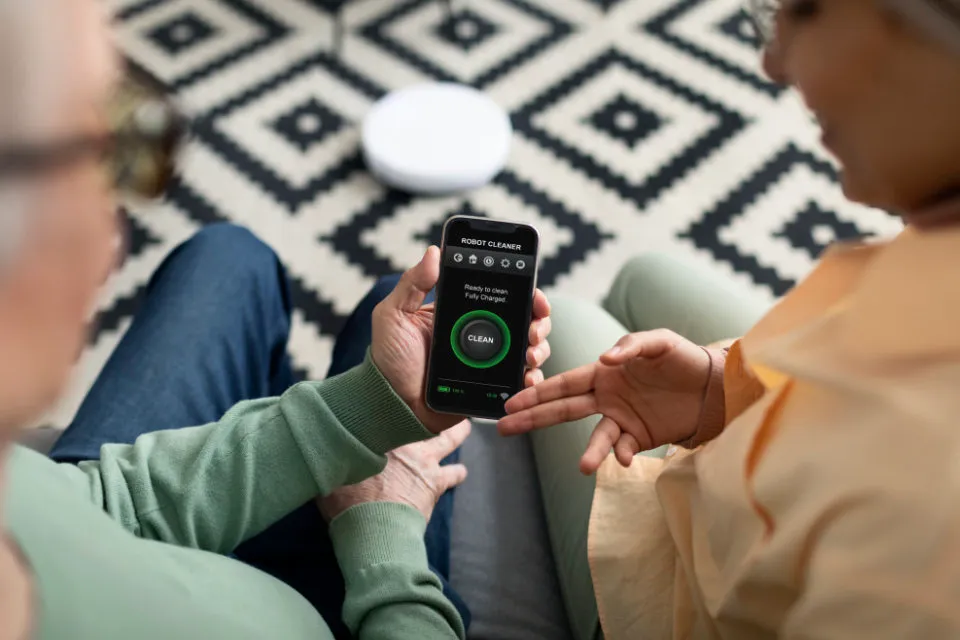
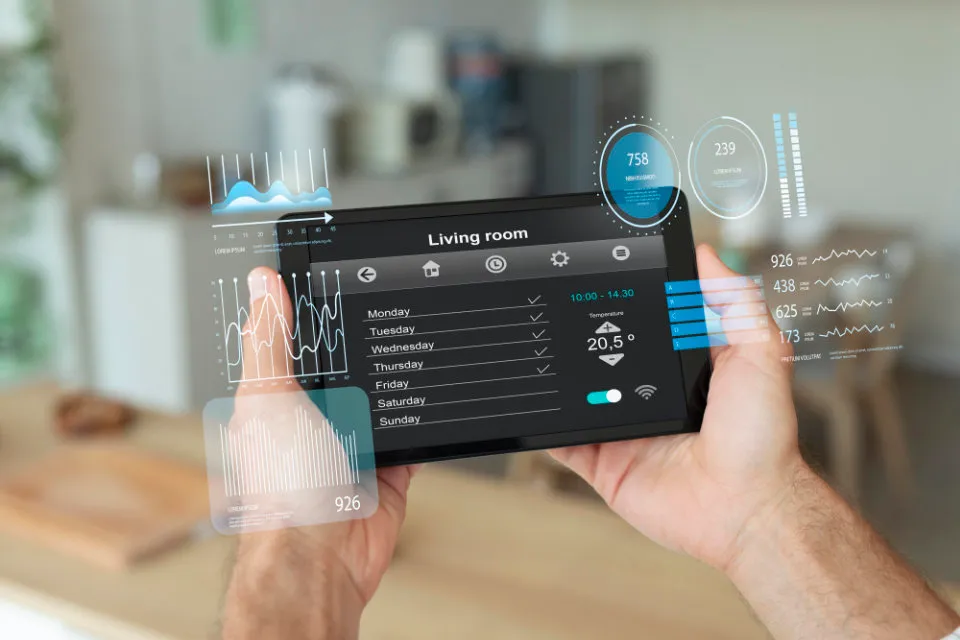
Case Study: Philips Hue Lighting
Philips Hue uses IoT to sync lighting with user behavior. Motion sensors trigger lights in empty rooms, while geofencing turns them off when residents leave. Integrated with voice assistants, these systems reduce energy waste and enhance convenience.
Emerging Trends:
- Predictive kitchens: Samsung’s Family Hub refrigerator tracks expiration dates and suggests recipes based on available ingredients.
- Health-focused homes: Air quality sensors like Awair monitor CO2 levels, alerting users to ventilate rooms for better sleep.
Industrial IoT (IIoT) and Manufacturing
Industry 4.0 is synonymous with IIoT, where factories evolve into self-optimizing “smart plants.” Sensors on assembly lines collect real-time data on machine health, enabling predictive maintenance that reduces downtime by 30–50% (McKinsey, 2022).
Case Study: Siemens’ Digital Twins
Siemens uses digital twins—virtual replicas of physical machinery—to simulate production scenarios. At its Amberg Electronics Plant, IoT-driven automation achieves a 99.9988% quality rate, with machines autonomously adjusting workflows to prevent defects.
Applications:
- Asset tracking: RFID tags monitor inventory across global supply chains.
- Robotic collaboration: ABB’s YuMi robots work alongside humans, guided by IoT data.
- Energy management: Schneider Electric’s EcoStruxure cuts energy costs by 30% in factories.
Healthcare and Remote Monitoring
IoT is revolutionizing healthcare through telemedicine and wearable tech. Devices like the Apple Watch detect irregular heart rhythms, while continuous glucose monitors (CGMs) like Dexcom G6 transmit real-time blood sugar data to patients and doctors.
COVID-19 Acceleration:
During the pandemic, IoT-enabled ventilators and vaccine cold chains ensured efficient resource distribution. Platforms like BioIntelliSense’s BioSticker allowed remote monitoring of quarantined patients, reducing hospital overload.
Future Innovations:
- Smart pills: Proteus Digital Health’s ingestible sensors track medication adherence.
- AI diagnostics: IBM Watson analyzes IoT-collected data to predict disease outbreaks.
Agriculture and Precision Farming
IoT addresses global food demand with precision agriculture. John Deere’s IoT-enabled tractors use GPS and soil sensors to plant seeds at optimal depths, boosting yields by 15–20%. Drones like DJI Agras spray pesticides with millimeter accuracy, minimizing chemical use.
Case Study: The Netherlands’ “Smart Farms”
Dutch farmers employ IoT sensors to monitor greenhouse conditions, automating humidity and nutrient delivery. This innovation makes the Netherlands the world’s 2nd-largest food exporter despite its small size (WUR, 2023).
Smart Cities and Infrastructure
IoT transforms urban living:
- Barcelona’s Smart Water System: IoT sensors reduced water waste by 25% via leak detection.
- Singapore’s Traffic Management: Real-time data from IoT cameras and GPS guides drivers to empty parking spots, cutting congestion by 20% (GovTech Singapore, 2022).
- Los Angeles’ Smart Grids: Automated energy distribution balances load during peak hours, preventing blackouts.
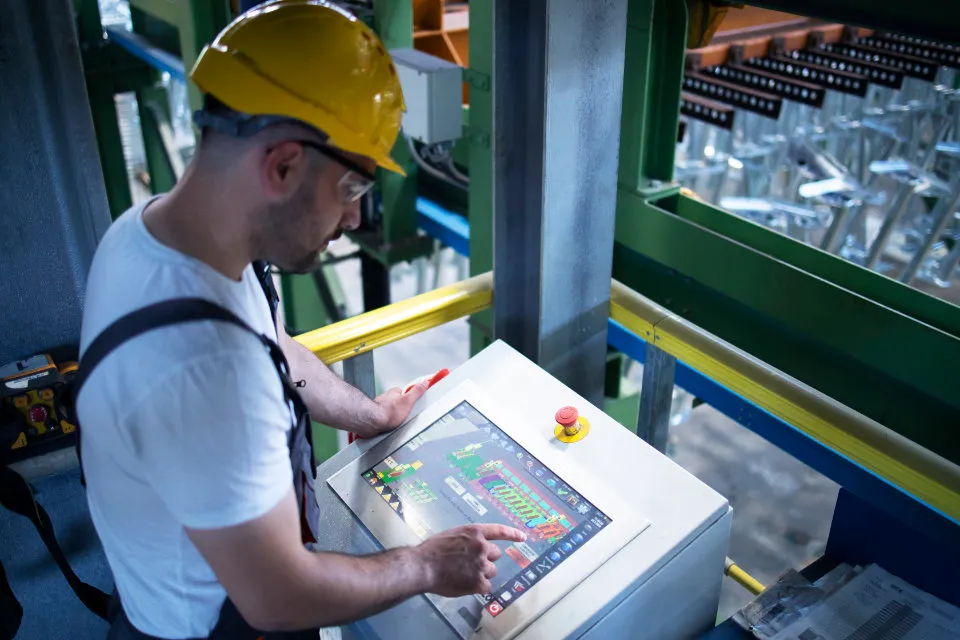
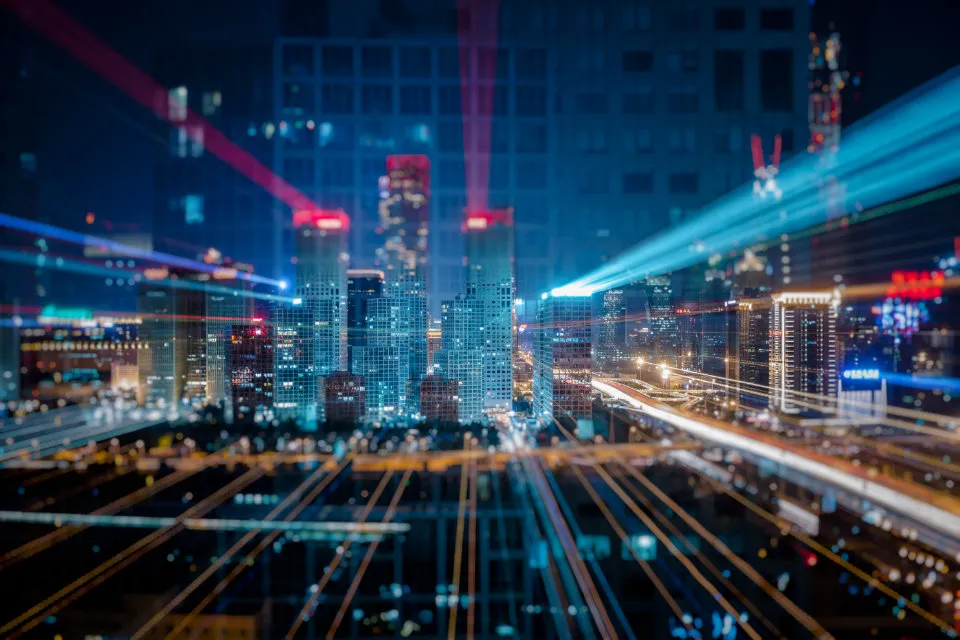
Challenges: Scaling IoT in cities requires addressing privacy concerns, as seen in Toronto’s controversial Sidewalk Labs project.
Benefits of IoT in Automation
Operational Efficiency
- General Electric’s IoT-powered wind farms adjust blade angles in real time, boosting energy output by 20%.
- Walmart’s IoT inventory system reduced out-of-stock items by 16% (Forbes, 2021).
Cost Savings
- Predictive maintenance saves manufacturers $630 billion annually (Deloitte, 2023).
- Smart meters cut household energy bills by 5–15% (U.S. Department of Energy).
Sustainability
IoT-enabled smart grids could reduce global CO2 emissions by 2.03 gigatons by 2030 (Ericsson, 2022).
Oil rigs use IoT gas detectors to prevent explosions, lowering accident rates by 45%.
Oil & Gas Journal, 2023
Challenges and Risks
Security Vulnerabilities
IoT devices are prime targets for cyberattacks. In 2021, a compromised IoT fish tank thermometer allowed hackers to steal data from a Las Vegas casino. Solutions include:
- Zero-trust architectures: Verify every device accessing the network.
- Firmware updates: Mandatory patches for vulnerabilities.
Interoperability Issues:
Competing standards (e.g., Zigbee, Z-Wave, Matter) fragment ecosystems. The Matter Protocol, backed by Apple, Google, and Amazon, aims to unify smart home devices by 2024.
Data Privacy Concerns
GDPR and CCPA regulations mandate strict user consent for data collection. However, IoT devices like Ring doorbells have faced lawsuits for sharing footage with police without warrants.
Deploying IoT in manufacturing can cost SMEs over $1 million upfront IoT World Today, 2023
The Future of IoT in Automation
Edge Computing Takes Center Stage
Processing data locally (e.g., on factory floors) slashes latency. Microsoft’s Azure Edge Zones enable real-time analytics for applications like autonomous mining trucks.
AI and IoT Convergence
Machine learning models trained on IoT data enable autonomous decision-making. For example:
- Tesla’s Autopilot uses IoT-collected road data to improve navigation.
- IBM’s Watson IoT predicts equipment failures weeks in advance.
5G and Beyond
5G’s 1ms latency supports mission-critical applications:
- Remote surgery: Surgeons control robots in real time from miles away.
- Autonomous vehicles: Cars communicate with traffic lights and other vehicles to prevent accidents.
Sustainable IoT Innovations
- Energy-harvesting sensors: EnOcean’s motion sensors generate power from ambient light.
- Circular IoT: HP’s Jet Fusion 3D printers recycle failed prints into new materials.
Ethical IoT and Governance
As IoT permeates life, ethical frameworks are emerging:
- UN’s IoT Guidelines: Promote equitable access and environmental responsibility.
- EU’s Cyber Resilience Act: Mandates security standards for connected devices.
Conclusion: A Connected Tomorrow
IoT is no longer a buzzword—it’s the infrastructure of the future. By automating tasks, conserving resources, and enhancing safety, IoT empowers industries to achieve more with less. Yet, its success hinges on overcoming security flaws, privacy debates, and interoperability hurdles.
As 5G, AI, and edge computing mature, IoT’s potential will skyrocket. Imagine smart cities where traffic flows seamlessly, farms that produce zero waste, and factories that repair themselves. This isn’t science fiction; it’s the roadmap IoT is already building.
For businesses, the message is clear: Adopt IoT or risk obsolescence. For society, the challenge is to harness its power responsibly, ensuring automation serves humanity—not the other way around.
Let’s Build Future Together.
Get Started Now

